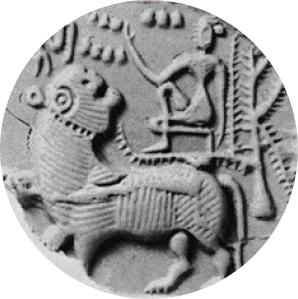I have never studied the history of photography and am ignorant of what contemporary photographers may be saying, but reading the Wikipedia article on Pictorialism gave me some ideas.
From Wikipedia:
Pictorialism is an international style and aesthetic movement that dominated photography during the later 19th and early 20th centuries. There is no standard definition of the term, but in general it refers to a style in which the photographer has somehow manipulated what would otherwise be a straightforward photograph as a means of creating an image rather than simply recording it.
There are good examples in the article itself and a Tumblr blog Ode to Pictorialism with many more.
From the 19th century till today, cameras have continued to improve and become more ubiquitous, until now they are literally in everybody’s hands all the time, while the snapping and sharing of photos has become, instantaneous, cost-free and constant. What distinguishes an image isn’t pixel-perfect fidelity, but artistic qualities.
In addition, our era is characterized by such a surfeit of visual data, measured in dozens of megapixels, that our brains struggle to find the salient points among the mass of detail. We seek respite and a dumbing-down of detail, which no doubt partly explains the popularity of manga, anima, and cinematic techniques like rotoscope. As well, of course as the bokeh and portrait modes on our camera-phones and software techniques that seek to emulate these.
The pictorialists excelled at getting rid of surplus detail, using often the bare minimum necessary to create a mood or an atmosphere. This wasn’t merely a consequence of exploiting some qualities of earlier cameras or film, but their use of deliberate darkroom techniques.

I am wondering how to apply these ideas with the equipment I have. The problem seems to be how, at the same time, to reduce the excess detail and to create a pleasing aesthetic effect.
